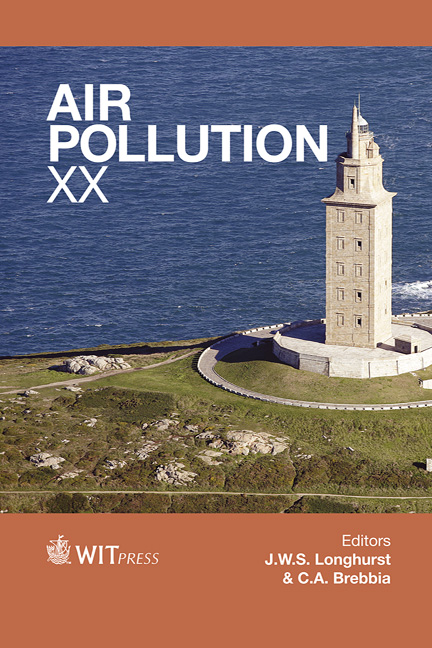Air Pollution Management In Rayong’s Industrial Area, Thailand
Price
Free (open access)
Transaction
Volume
157
Pages
11
Page Range
189 - 199
Published
2012
Size
699 kb
Paper DOI
10.2495/AIR120171
Copyright
WIT Press
Author(s)
C. Poboon, W. Jongjaiphakdee & T. Singkham
Abstract
Rayong Province is the largest industrial area in Thailand, in which petrochemical and related productions are key industries. The area has been facing several severe environmental problems which have imposed serious impacts on the health and quality of life of the local people. The most important pollution in Rayong’s industrial area is air pollution and the major air pollutants are VOCs, SO2, and NOx. Several relevant government agencies have been trying to mitigate the problems through several measures mainly under the Rayong’s Pollution Reduction and Mitigation Action Plan, nevertheless, the problems still exist. Hence, the objectives of this study are to study air pollution situation in the Rayong’s industrial area, to examine the management of air pollution in the area, and to suggest ways for improvement of the management. The modified Balanced Scorecard (BSC) technique was employed for analysis of the management. Data were collected both from secondary sources and primary sources which are factories in the area using questionnaires. The study found that the average VOCs levels exceeded the standards in several areas while the average SO2 and NOx levels were still well lower than the standards. The evaluation of the air pollution management revealed that: 1) Effectiveness perspective, about 80–90% of the factories reported that they had better controls over leaking and emissions of VOCs SO2, and NOx; 2) Stakeholder perspective, most of the factories received supports and co-operations from central government agencies, other factories and local communities but not NGOs; 3) Management process perspective, most of the factories had plans and projects concerning pollution reduction with sufficient budget, personnel and equipment but the proportion of factories conducting monitoring was not high; 4) Learning and development perspective, most of VOCs target factories continuously
Keywords
air pollution management, VOCs, SO2, NOx, industrial area, balanced Scorecard





